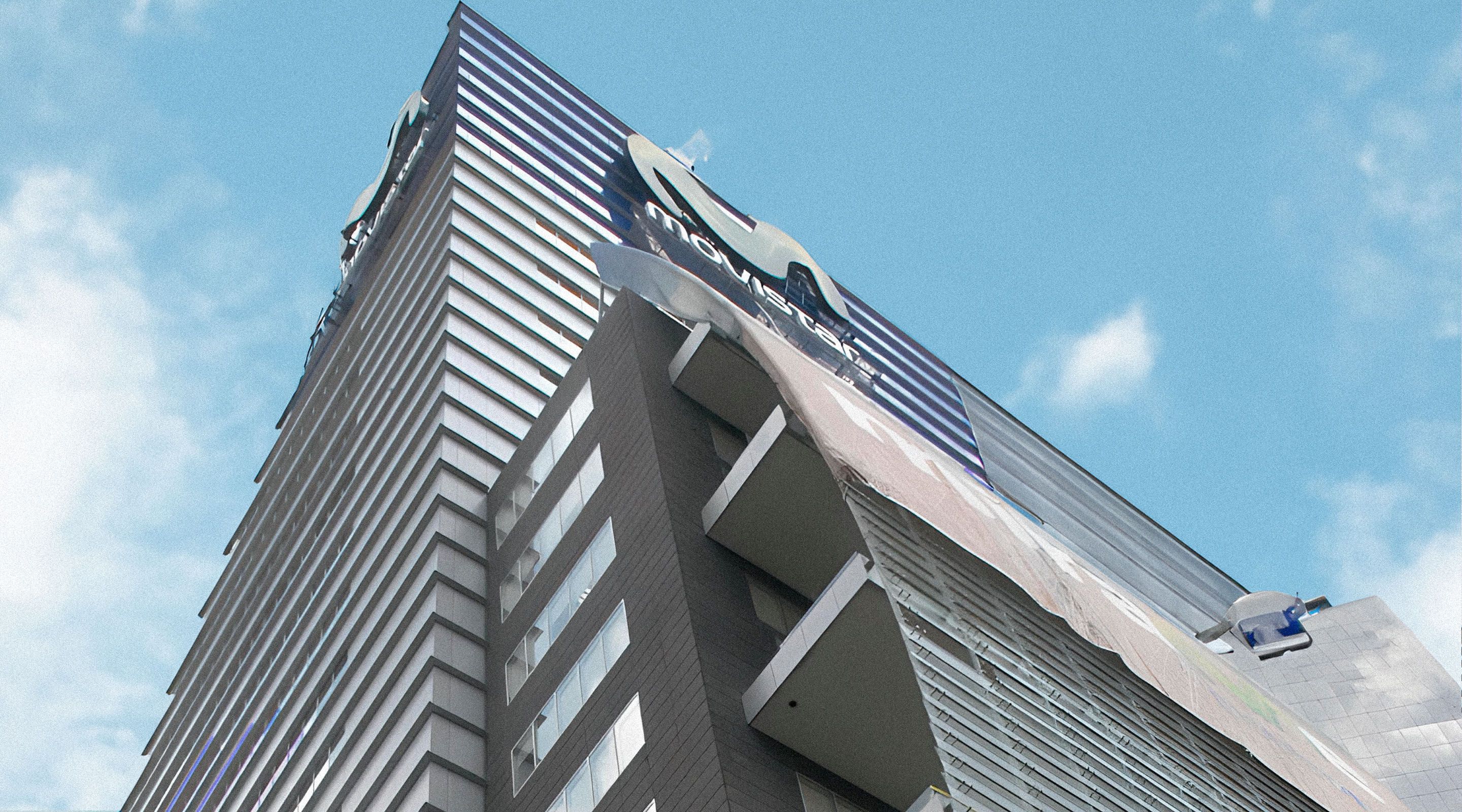
2002
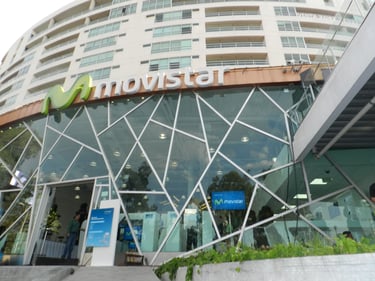
We strengthened our position in the Mexican market as the second largest operator in the market and the Company fulfils its commitment to return to direct shareholder remuneration, with the distribution of dividends, a practice abandoned later, in 1998.
A giant step forward in Mexico
01
Telefónica Móviles is gaining a foothold in the Mexican market on a horse with wings. The Pegaso mobile operator, of which it acquired 65% in 2002 for 450 million euros, made it the second operator in the market, overtaking Lusacell and only behind Telcel (América Móvil). Two years earlier the company had taken the first step to enter this complex market dominated by América Móvil. Following an agreement with Motorola, Telefónica Móviles acquires four mobile operators in the north of the country, Bajacel, Movitel, Norcel and Cedetel, which it groups and consolidates under the Telefónica Movistar brand. More than 1.2 million customers that were decisive in strengthening Telefónica's position in Mexico when the Pegaso deal was completed. Chairman César Alierta announced the deal at a meeting with analysts in Seville.
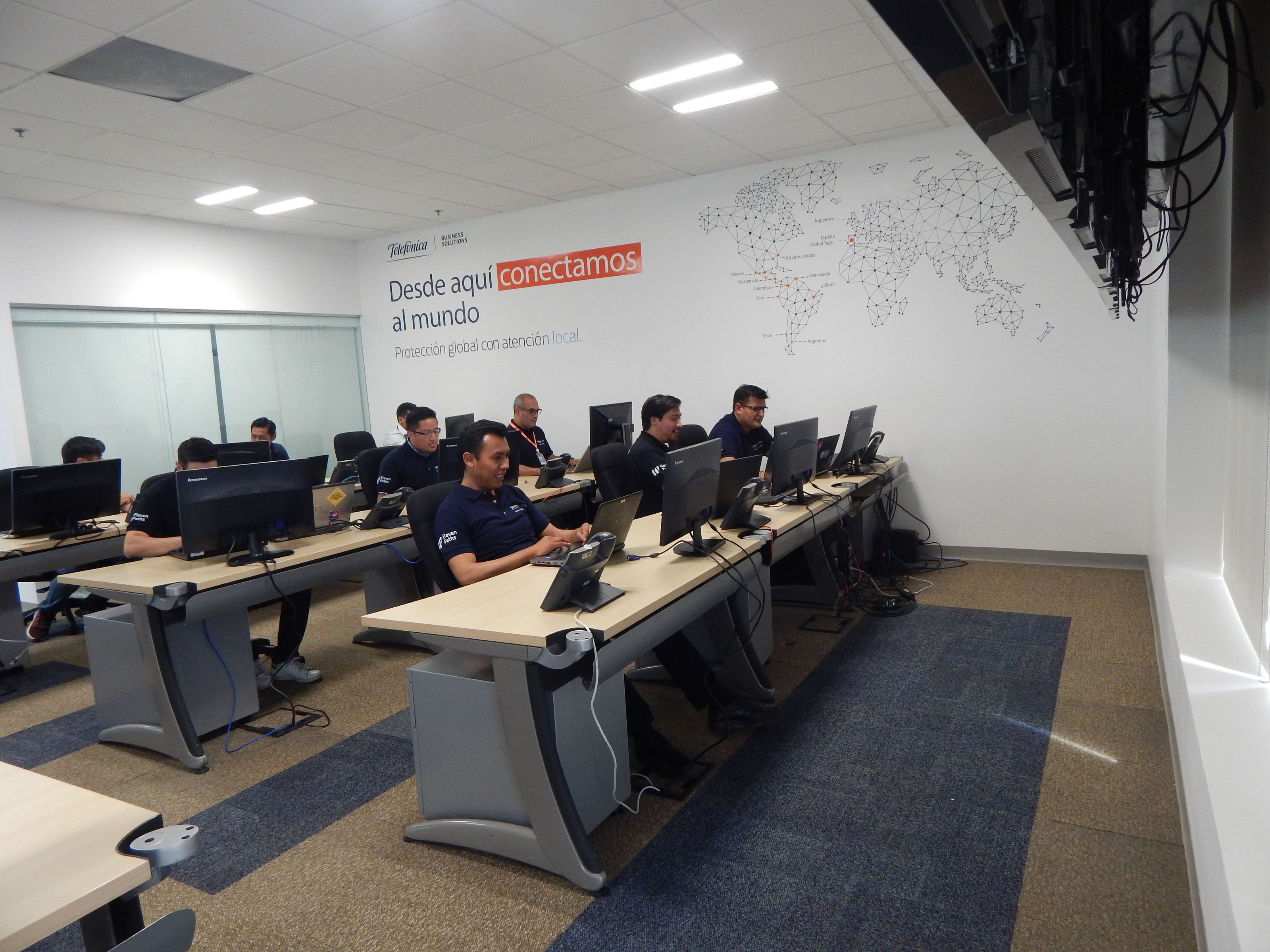
Direct shareholder remuneration returns
02
Good news to end 2002: the company is fulfilling its commitment to return to direct shareholder remuneration, the dividend, which has been one of Telefónica's great obsessions throughout its history. The Board of Directors approved the distribution of a gross dividend of 0.25 euros per share, to be charged to unrestricted reserves. This remuneration vehicle had been abandoned at the end of 1998, and since his arrival César Alierta had been hoping to recover it. In addition, together with the approval of the dividend proposal, Telefónica's board of directors adopted 'the relevant resolutions' for the implementation of two new capital increases free of charge for shareholders.
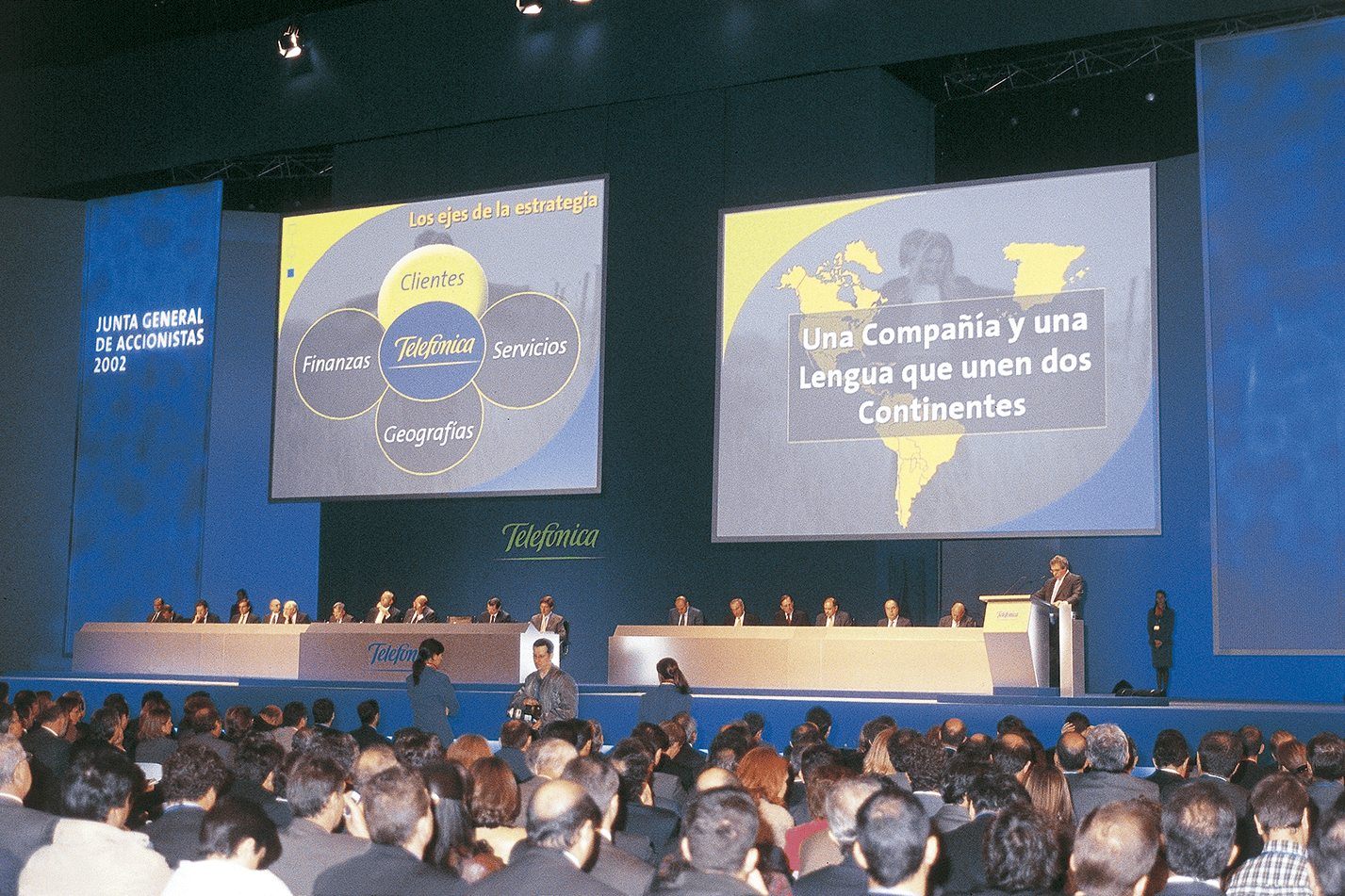
Photo messages! The mind-blowing MMS
03
After familiarising ourselves with SMS, learning to save characters, concentrating our ideas and bouncing with joy when we received one with good news, but long before instant messaging, MMS arrived. Multimedia-enhanced messaging, i.e. with sounds, photos or videos. Movistar launched them in 2002 and they could be sent to landlines, mobiles or by e-mail. They took up more space and were more expensive, but the dream of sharing sounds and moving images was beginning to become a reality.
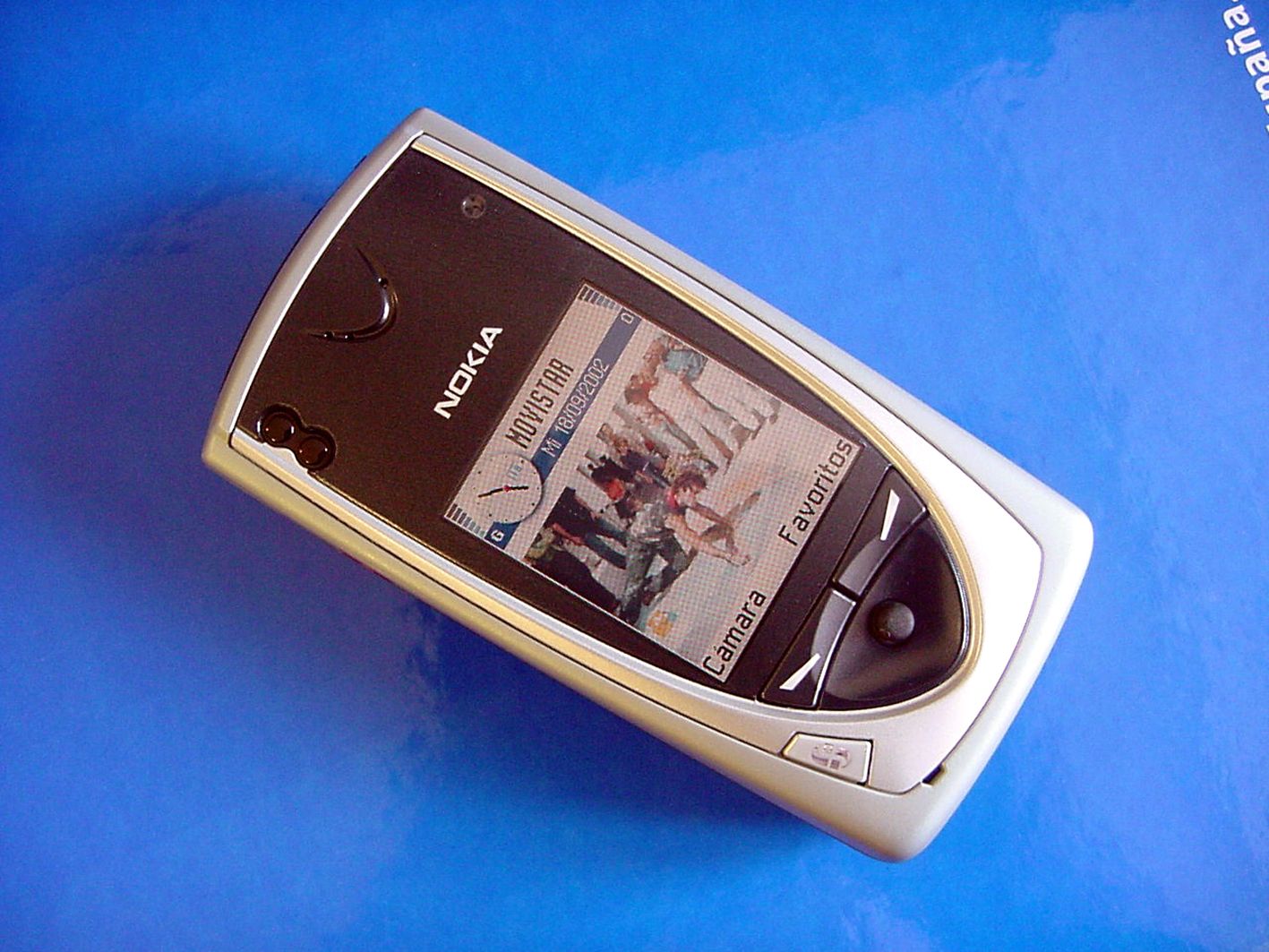
Do you have doubts about what happened?
Ask Aura